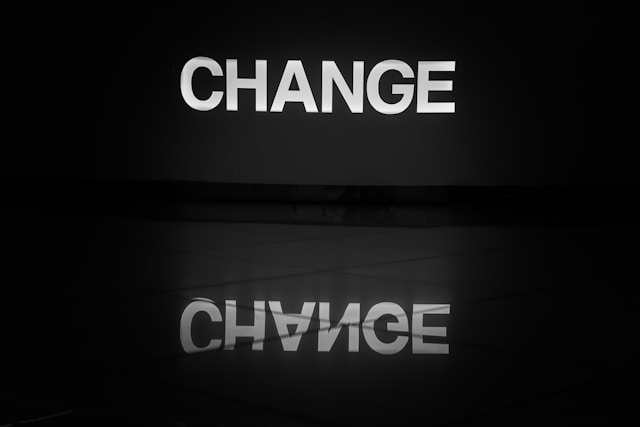Make your work easy to change.
Teach your people to make it easy to make changes to their work. They will not be able to make it perfect from the start. The team will forget something. They will also learn more too; both about their product and the people who they hope will use their service.
In other words, your team will make mistakes. Their product and service will not be perfect at the start. The team is learning how to collaborate together and they are also learning more about their languages and architecture too.
With this in mind they need to be taught, guided, to make it easy to make changes. By doing this they make it easy for the product to adapt to new information.
Hand-in-hand with this would be ensuring there are suitable tests, automated where relevant, to ensure the product still works after changes are made. As new work is added, so too are new tests. This aids refactoring and finding mistakes and issues as the new work is being coded.

Products change
Products always evolve and change. Think of your favourite website. Even if it wasn’t there five or ten years ago, it has probably changed since you first discovered it. They change as we discover new information about the people who use the service, and as we learn about new options that we can use too. Plus, the competition changes too.
Products don’t often stay the same, unless you’re offering a commodity. Then, maybe it doesn’t, but the service you offer probably does. Your margins would be thin, and there are lots of competitors, so you’d want to try to stand out.
Teach the team to start their evolvable product small
The goal is to make an easily evolvable product. Do this by starting small adding thin, vertical slices of work.
Starting small means you can reduce risk by making it easy to test and deploy from the start. You can also set up fast feedback loops too by letting people see it early.
By adding more work in thin vertical slices, you keep progress easy. You are also always integrating your work to catch any issues early too. As more work is addd more feedback can be provided too.
This post is part of a project pulling together my materials and ideas about Teaching Team Collaboration: the Human-Side of Software Development for software development to students.
If you’d like to be notified of future posts, then please sign up for more using the adjacent form. When you sign up, then I’ll send you a free copy of the collaboration rules as a PDF from the book. You can also follow me on LinkedIn
The ideas above are from my book 101+ Ideas to Improve Team Collaboration, which covers all of these little things that students can do to improve their collaboration. Also available via Kindle.